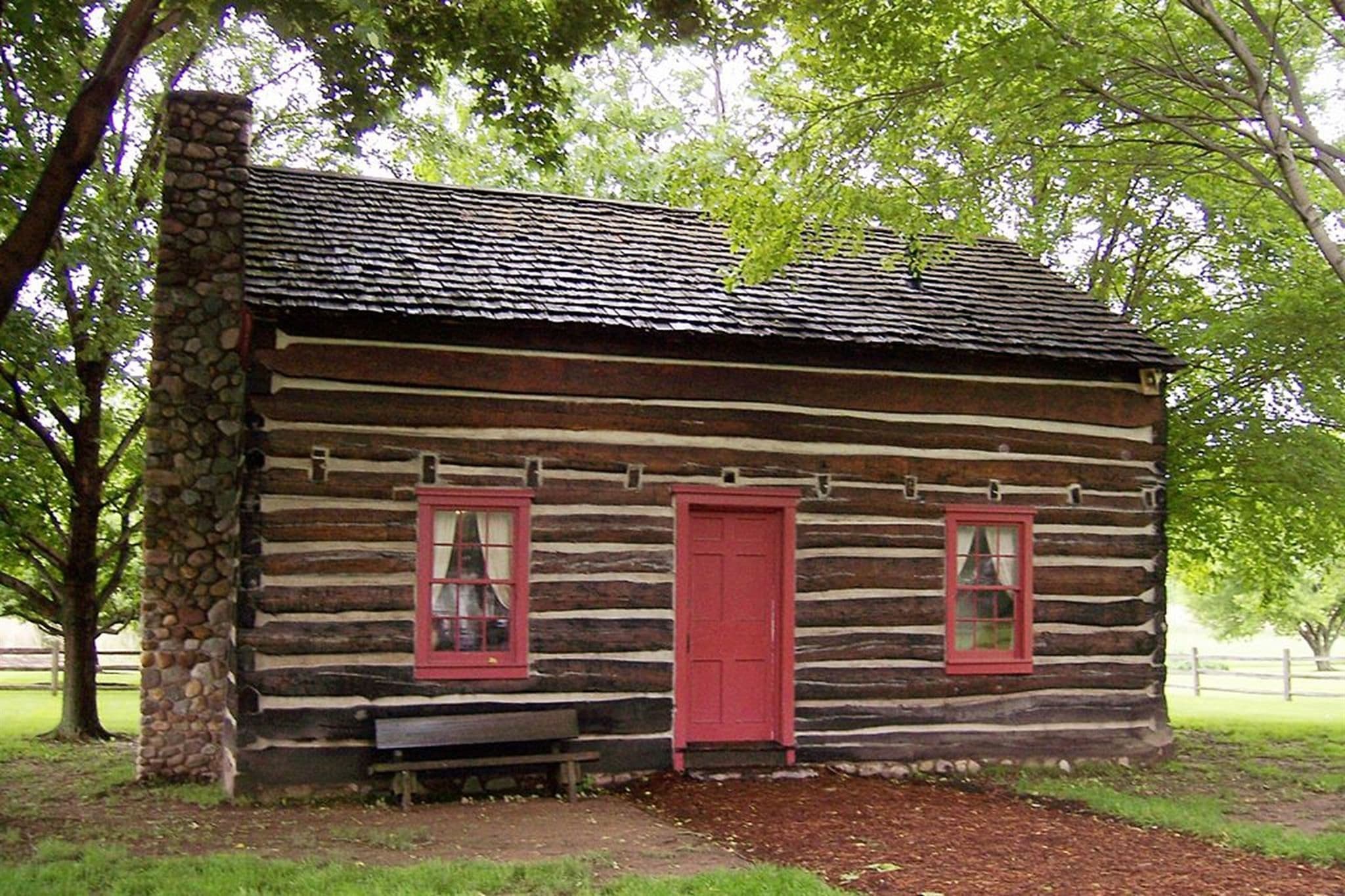Evidence #372 | September 26, 2022
Book of Mormon Evidence: Jacob Whitmer
Post contributed by
Scripture Central

Abstract
Jacob Whitmer, one of the Eight Witnesses who saw and handled the plates of the Book of Mormon, maintained his testimony until his death.Jacob Whitmer was the second son of Peter and Mary Whitmer and was born January 27, 1800. He was a farmer and a shoemaker. He married in 1825 and would eventually become the father of nine children.1 In company with seven other men, he was privileged to see and handle the plates from which the Book of Mormon was translated. His name is appended to the testimony of the Eight Witnesses which has accompanied each edition of that book (The Testimony of Eight Witnesses).
Shortly after the publication of the Book of Mormon, Jacob and his other brothers were visited at their home in Fayette, New York by David Marks, a young Baptist preacher from Maine. Marks reported that the Whitmer sons testified to the truth of the Book of Mormon and affirmed that they had seen the plates which had “the appearance of gold.”2
Jacob accompanied his father’s family when they moved from New York to Ohio and then to Jackson County Missouri, where in 1833, he and the rest of the Saints were forcibly driven to the neighboring counties. During the difficulties of the Church in 1838, when his brother David Whitmer and fellow witness Hiram Page were excommunicated by local leaders, Jacob sided with his family and disassociated himself from the Church, after which he moved to Ray County. According to historian Richard L. Anderson,
Because the Whitmer group had sacrificed so much it is understandable in retrospect that each of these men was angered and permanently hurt at often inconsiderate treatment from former friends. This is not to justify their very real rebellion against priesthood authority, but to observe that their steadfastness in testimony is remarkable in the face of their resentment against former associates.3
Evidence suggests that following their separation from the Church, Jacob and other witnesses who were members of his family, maintained their integrity in the eyes of their community. A 19th century history of Ray County Missouri characterizes the sons of Peter Whitmer Sr. and his wife Mary in positive terms. Concerning Peter Whitmer Sr. and his sons Christian, Jacob, John, David, and Peter Jr., it states, “They were all plain, honest men, and good citizens. Like most of the early settlers of Ray County, they were all poor when they came to Richmond, but their highest aim seemed to be to live above reproach, ‘unspotted from the world,’ and they inculcated these principles in their children.”4
In 1840 Jacob Whitmer became seriously ill and unable to work. When he finally recovered in 1843, “his limited means were well-nigh exhausted.”5 By 1845 he had saved enough to purchase a small plot of land close the Richmond where he built a small brick house and a shoe shop where he was able to work with the help of his son David P. Whitmer until his death in 1856.6
Although Jacob Whitmer does not appear to have left first-hand statements beyond his published testimony in the Book of Mormon, reports of those who knew him substantiate his integrity as a witness. His son John C. Whitmer stated, “My father Jacob Whitmer, was always faithful and true to his testimony to the Book of Mormon and confirmed it on his death bed.”7 Philander Page who was also present at the time also affirmed that Jacob Whitmer “died in full faith in the divinity of the Book of Mormon” and that he heard him bear his last testimony.8
Conclusion
Although historical sources are not as abundant for Jacob Whitmer as for some of the other witnesses, the available evidence indicates that he maintained a life of integrity in his community and confirmed the truthfulness of his testimony on his death bed. Jacob’s steadfast testimony is noteworthy considering that he separated himself from the Church in 1838.
Book of Mormon Central, “Why Was Peter Whitmer Jr. Chosen to Witness the Gold Plates? (Testimony of the Eight Witnesses),” KnoWhy 600 (March 30, 2021).
Larry E. Morris, A Documentary History of the Book of Mormon (New York, NY: Oxford University Press, 2019), 415–455.
Richard Lloyd Anderson, “Attempts to Redefine the Experience of the Eight Witnesses,” Journal of Book of Mormon Studies 14, no. 1 (2005): 18–31, 125–127.
Richard Lloyd Anderson, Investigating the Book of Mormon Witnesses (Salt Lake City, UT: Deseret Book, 1981), 123—134.
- 1. [Andrew Jenson], “The Eight Witnesses,” The Historical Record 7, nos. 8–10 (October 1888): 610.
- 2. David Marks, The Life of David Marks, To the 26th Year of His Age (Limerick, ME: Office of the Morning Star, 1831), 340–341.
- 3. Richard Lloyd Anderson, Investigating the Book of Mormon Witnesses (Salt Lake City, UT: Deseret Book, 1981), 127–128.
- 4. [Missouri Historical Company], History of Ray County, Mo (St. Louis, MO: Missouri Historical Company, 1881), 530.
- 5. History of Ray County, 530.
- 6. History of Ray County, 530.
- 7. “Sayings of John C. Whitmer,” The Saints’ Herald, October 13, 1888; reprinted from the Deseret News, September 13 and 17, 1888.
- 8. Jenson, Historical Record, 614.